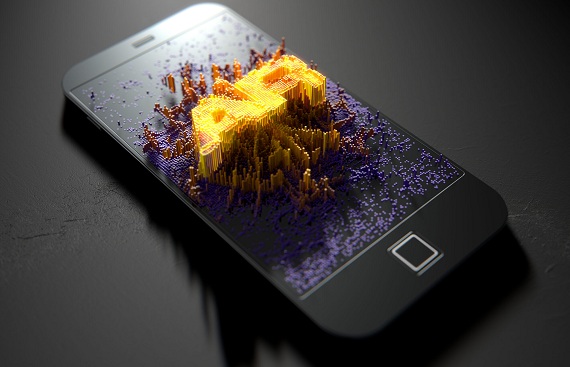AR Shopping, The Next Wave of Consumer Experience

From walking from store to store to the convenience of fingertip shopping, shopping has come a long way. But augmented reality (AR) technology is about to change the meaning of shopping as we know it. AR delivers an immersive experience by projecting digital data into the real world, which could change how we make purchases. As everyone is familiar with IKEA, the company has an official app called IKEA Place that uses augmented reality (AR) technology to let users see IKEA furniture in their homes. Customers may choose a product and place it in their space using the camera on their smartphone, viewing it in 3D from multiple angles. More merchants are investing in AR technology due to the rising popularity of AR-enabled gadgets and applications to serve their customers better. Now let’s understand how AR shapes will shape the future of shopping and how we shop.
The use of AR in the current Shopping spree
![]()
- Personalized Shopping Experience
By enabling shops to comprehend customer preferences and provide customized product recommendations, augmented reality can create a personalized shopping experience. By analyzing customers' purchase history and behavior, retailers can create customized shopping experiences that cater to individual needs. AR can also help customers visualize products in their own space, making the shopping experience more engaging and interactive.
- Improved Customer Engagement
AR can assist merchants in creating realistic and engaging shopping experiences that draw customers in and encourage repeat business. Retailers can design virtual storefronts that customers can visit and engage with, utilizing augmented reality technology (AR). Customers can learn more about things before purchasing by watching product tutorials and demonstrations that shops can make with AR.
- Virtual Try-On
Not being able to try items on before buying them is one of the main difficulties of online purchasing. This issue can be resolved by allowing customers to try on things virtually and in real-time. Customers may see how things will look before purchasing AR, which boosts their confidence in that decision. One of the better examples of this is Lenskart, where we can use their app's AR technology to try on frames.
- Reduced Returns
AR can help reduce the number of returns by enabling customers to visualize products in their own space before purchasing. By using AR, customers can see how products will look in their homes, reducing the likelihood of buying products that do not fit their space or style. This can help retailers reduce the number of returns and improve customer satisfaction.
- Increased Sales
AR can help retailers increase sales by creating a more engaging and interactive shopping experience. By using AR, retailers can showcase their products more immersively, allowing customers to interact with products and visualize how they will fit into their lives. This can help increase customer confidence in their purchasing decision, leading to more retail sales.
Case Studies of Successful AR-Enabled Shopping Experiences
Several successful case studies of Augmented Reality (AR) technology are being used to enhance customers' shopping experience. One example is the IKEA Place app, which I have already mentioned it enables customers to visualize IKEA furniture in their homes before purchasing. Another example is Sephora's Virtual Artist app, which lets customers try different makeup products virtually before purchasing. This has increased customer engagement and helped drive sales for the retailer. In addition, AR technology has been used by car manufacturers such as BMW to create virtual showrooms, allowing customers to explore and customize cars in a more immersive and interactive way. Overall, these case studies demonstrate AR technology's potential to enhance customers' shopping experience and drive sales for retailers.
The Future of AR and Shopping: Predictions and Trends
![]()
The future of Augmented Reality (AR) and shopping is promising, with several predictions and trends emerging in the industry. One trend that is sky rocketing is the use of AR technology in mobile shopping apps, allowing customers to visualize products in the real world before making a purchase. This is expected to become more prevalent in the coming years as retailers seek to create more personalized and engaging shopping experiences for their customers. Another trend is AR technology in physical stores, allowing customers to interact with products innovatively. This is expected to become more popular as retailers look for ways to differentiate themselves from their competitors and create more immersive shopping experiences. In addition, the use of AR technology for product customization is also expected to become a highlight, allowing customers to see how different colors or designs will look on a product before making a purchase. AR can also been seen using in restaurants to display dishes in the menu. Overall, the future of AR and shopping is exciting, with the potential to create more engaging, personalized, and innovative shopping experiences for customers.
Finally we can say that, Augmented reality has the potential to revolutionize how we shop. By creating personalized, immersive, and interactive shopping experiences, AR can help retailers improve customer engagement, reduce returns, and increase sales. And also this technology continues to evolve, and shopping is also made more fun and interesting. We expect to see more retailers adopting this technology to create a more engaging and personalized customer shopping experience. The future of shopping is here, and it's augmented reality.
